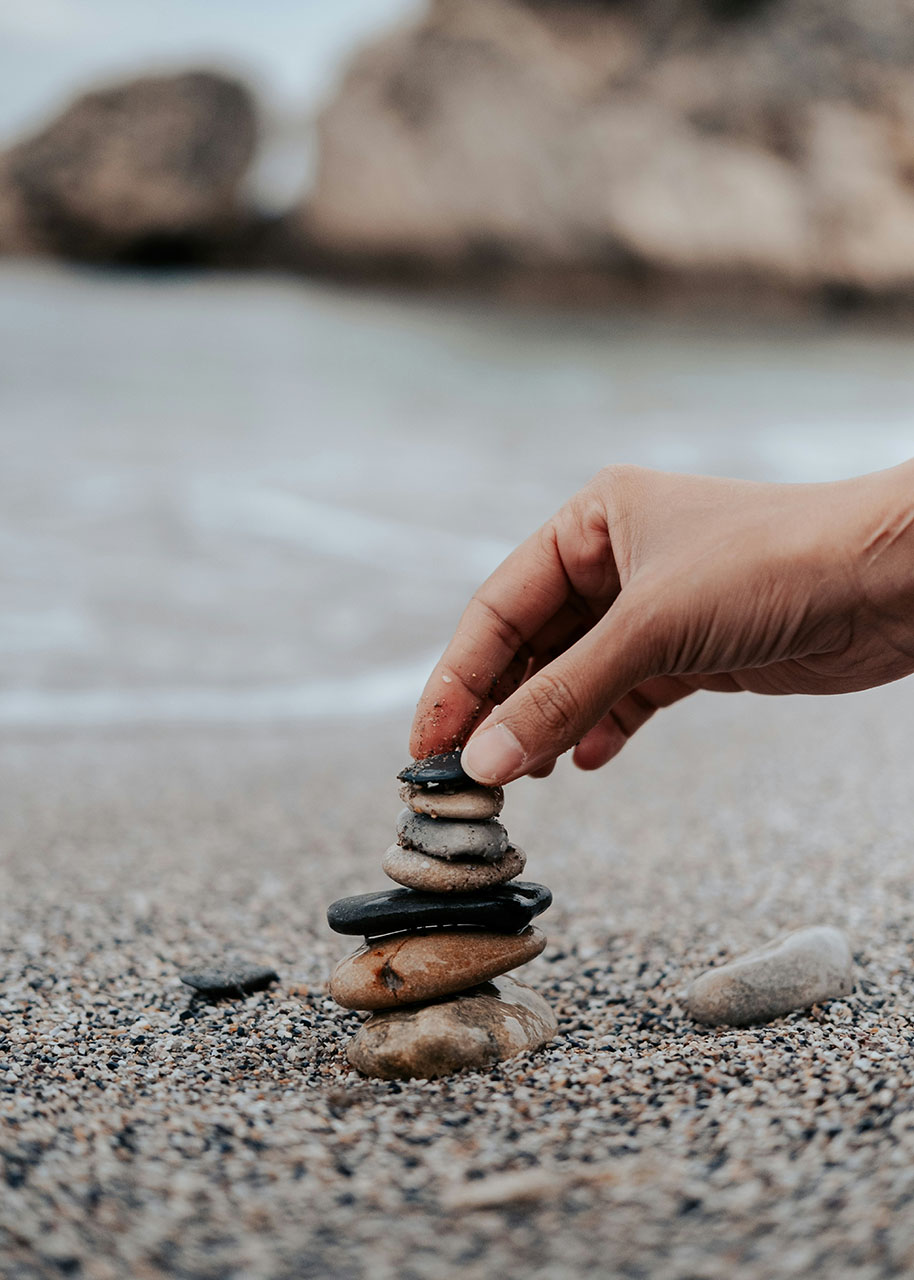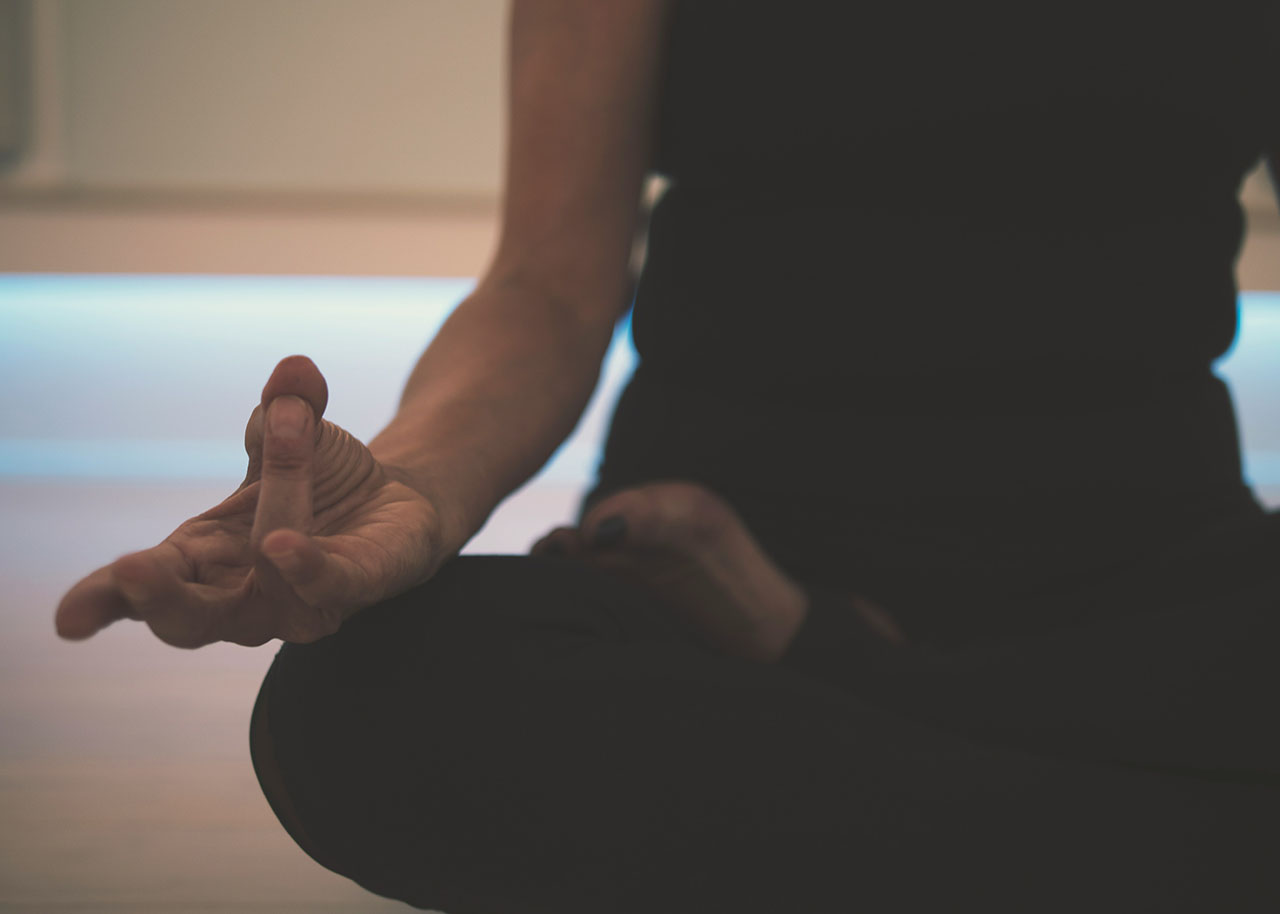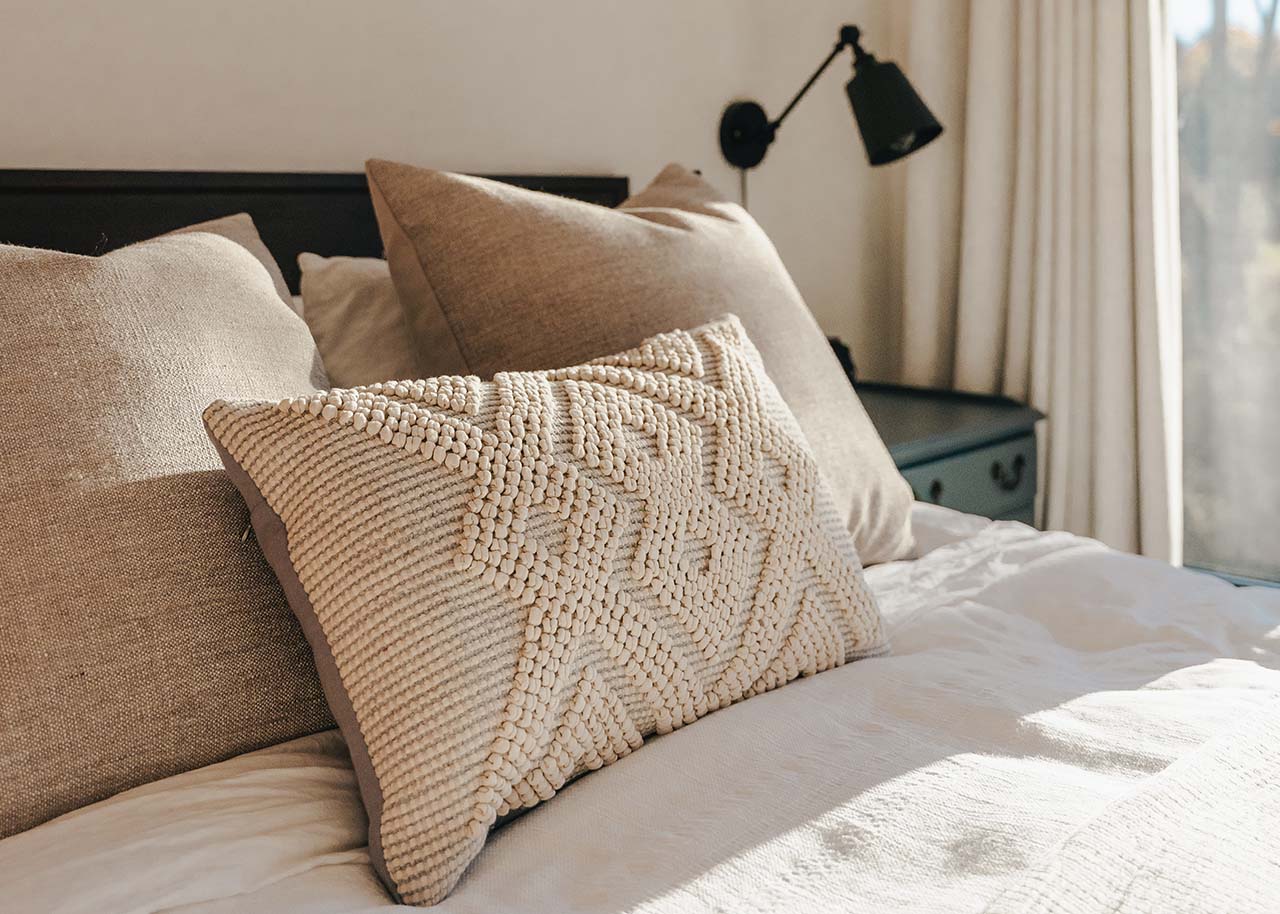(collaborative post)
Have you ever had that moment when, in the midst of the stress and demands of life, you heard some kind of message from within but ignored it and then you ended up saying to yourself ‘I knew it… if only I had listened to myself!’ That is the wisdom of the body.
Maybe it was some kind of decision that instinctively felt wrong but everyone around you was saying was a good choice. Or it could be a case of buyers remorse, like upgrading an item that was actually fine all along. Maybe it was a smaller moment, at the supermarket. Some quiet part of you knows buying and eating that bag of Doritos will not make you feel good.
You can hear it somehow and yet, so easily ignore it. (By the way, I have no judgement about any of these situations including the Doritos!). It’s hard to listen to the whispers in the body. I believe we all have an inner knowing like this. I have spent the last twenty years practicing and teaching people how to tune into it. This practice is called ‘Focusing’ and it was developed by Eugene Gendlin.
What is inner wisdom?
So, what is this inner knowing and what does it have to say? All of us have this inner knowing, even if its dormant or hidden away. It might be something you already access. If you are a creative, you access this when you finally find the right word or phrase that fits just right, or the right note or colour. You might be a mechanic and can just get the feel of what’s wrong with a car or some machinery without having to look at manuals. You simply know it. Some people call this holistic knowing or intuition.
According to Iain McGilchrist, a neuroscience expert, this is part of 1the qualities of right brain functioning. This side of our brain is non-linear and senses the whole of situations. It’s the way our hunter gatherer ancestors would feel and know the whole forest. It lives in the whisper of truth that stays quiet but might eventually lead to huge life changes if you listen. Changing jobs or realising a relationship has run its course. Often changes of this scale can be tracked back to some inner voice, even if it was hard to hear and act on.
This inner knowing is a compass that points to what feels most right for you if you listen. Sometimes we meet this inner knowing in dreams. It can ‘speak’ in images and symbols, it might signal its presence through sensations or even symptoms in the body. It has many ways of speaking and if it speaks, it wants to be heard.
How to tune in?
It begins with slowing down…a pause. This is so simple and essential. In our fast paced digital world, we can easily forget that some processes actually take time! This is no internet search. We pause and we take our awareness inside, or into our body. This part of the process can take some time to get the hang of, especially if we are not used to it. You could call it a ‘mindful moment’ or a ‘take a breath moment’. Feel your feet and how your body is supported and notice how your body is right now. This is the first step, every time.
From there we simply get curious, we take a non-judgemental and kind awareness inside. Perhaps just listen to how it is or we might make a gentle enquiry about something. ‘How does this feel in my body?’ or ‘What might be a way forward that feels right in this situation?’ I’ll share an example.

The body’s knowing
I was exploring a theme around parenting. Struggling with connecting with my son in an empathic way, I kept losing my temper. I was curious about what was going on under the surface and if my body knew something more about this difficult situation. I took this whole topic inside and waited. What came quite easily was an image. It felt significant in some way. The image was of a jigsaw puzzle, but an incomplete one. It had all the edges but not much in the middle, just a few pieces here and there. It was very clear.
So I sat with it. I knew it clearly meant something. Then, as I described it, the meaning came in the words I spoke out loud. I said ‘I don’t have all the pieces’ and then it came to me – the deep rightness in the words that spoke so clearly and truthfully about my parenting: I don’t have all the pieces, specifically about how to be a father. I was brought up in a family with only a distant connection to my real father and a fractured connection to a stepfather. My body, or deeper knowing, knew that and communicated it to me through this symbol.
Listening to our inner wisdom
What came next was a release of emotion, of held back grief that I had not had the whole experience of being fathered. I only had a few pieces. What followed then was something I would only describe as deep self-compassion or empathy. I just sat with that part of me that struggled with how to be a father. It still struggles to this day, but when I notice this, I remember to be kind to myself and to my son. I don’t have all the pieces.
It does not always go so clearly like this. Often we have to stay curious over and over with things that are hard to be with or difficult to describe. We might react towards what our inner knowing says or could be scared of it. Thankfully this process has well crafted tools and helpful ways to support listening to our inner knowing. In my recently publicised book The way of Curiosity: Discovering wisdom in the body you can find more about the whole process.
How we practice?
This practice or way of being as I describe it, can be done in many ways. It could be a reflective process you guide yourself in, like a meditation. It is practised in peer based partnerships, where each person takes it in turn to explore, whilst being listened to by the other. This is a very supportive and even beautiful way to accompany another person.
It can also be combined with therapy and bodywork modalities. With it you can explore many dimensions of life such as emotional healing, decision making, creative process and more. It is as if we have inside of us, a beloved companion, who knows you more deeply that you can imagine. It holds the wisdom not just from gleaned from our individual life but also connected to a deeper collective life as a human being and animal. All it takes is a pause and little curiosity.
“Your body is not a machine, rather a wonderfully intricate interaction with everything around you, which is why it ‘knows’ so much just in being.” – Eugene Gendlin in Focusing
Peter Gill is one of the UK’s foremost Focusing Teachers, and has been teaching Focusing for over 20 years. Prior to this, he spent a decade practising and teaching meditation. Also trained in trauma healing, grief work and nature connection. Peter brings an embodied, accessible and honest approach to his writings and teaching. Peter is qualified with the International Focusing Institute and the British Focusing Association. He lives in South West England with his family and dog, and loves being in the woods and wild landscapes.
Would you like to receive inspiration from The Slow Living Guide regularly?
Sign up for the newsletter here.



